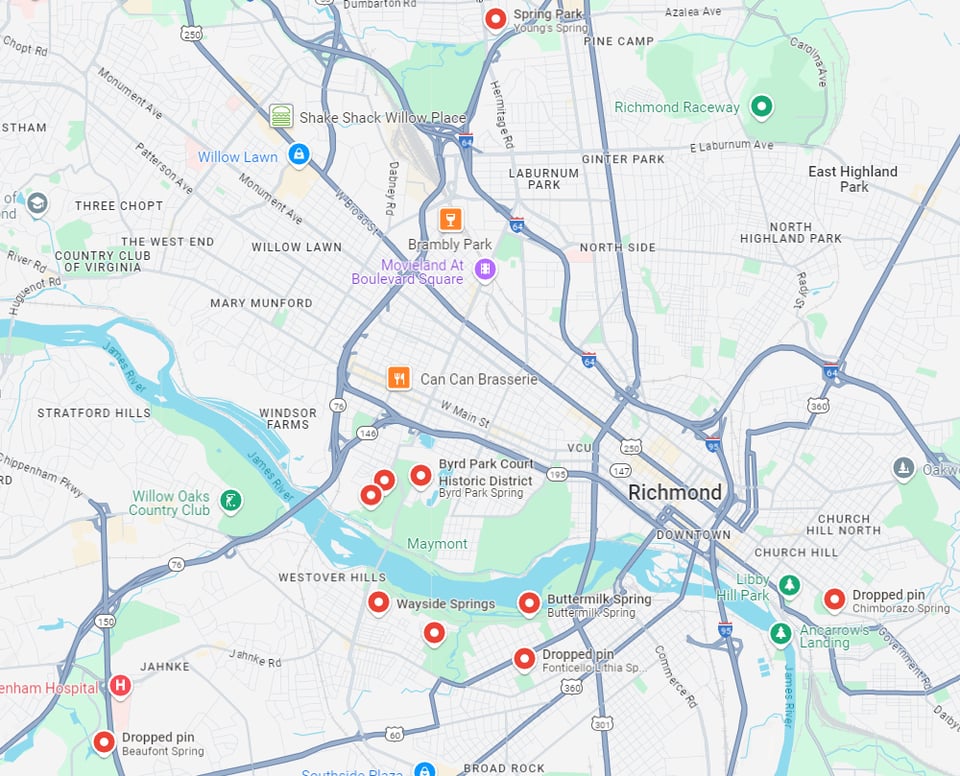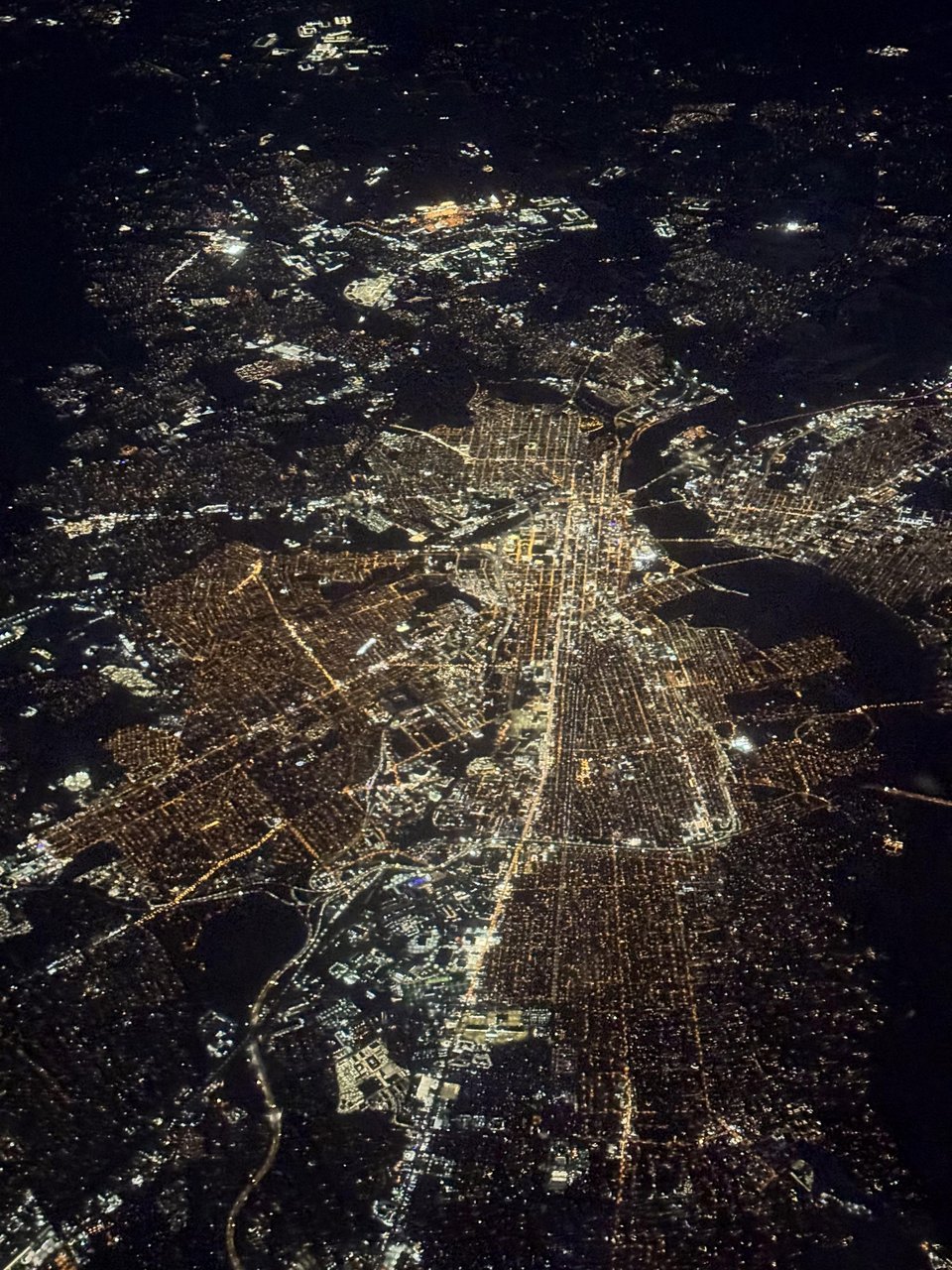School Board Meeting Efficiency, an Earthquake, and Richmond's Historic Springs
Cheers RVA!
Today will be sunny but chilly and breezy, with a high of 36 and a low of 16 in the evening.
the juice:
The Richmond School Board voted unanimously to improve meeting efficiency by reducing the amount of time for board presentation and individual member discussion from five minutes to three minutes, with an exception for Dreams4RPS presentations, the division's five-year strategic plan.
The board had previously attempted to approve the measure last September, but failed with three members dissenting.
The average length of school board meetings in the last two years has been just over four hours, according to Em Holter at the RTD.
the pulp:
A 2.8 magnitude Earthquake occurred Wednesday evening at 5:28 pm in the Wyndham area along the Henrico-Hanover County line, with officials from both counties saying there was no reported damage.
The VDOE has released it’s inspection summary of the incident that occurred last November when a 2-year old from Richmond Montesorri School wandered onto Staples Mill Road and was rescued by an approaching driver, via WTVR. The report states the Child’s parents were not notified until more than 24 hours later, with a representative from Richmond Montesorri School saying the parents were notified “as soon as the information about what happened was shared with us.”
the dive:
Todd Raviotta for RVA Mag reports on a local movement by the Richmond Springs Collective to reopen Richmond’s Historic Springs.
The Wayside Spring in Forest Hill is the only spring currently open and actively used by residents, but there are an estimated 8-12 springs in the city.

The article notes the history of the springs in Richmond:
The spring history I know best is of Fonticello Spring. Fonticello Spring was a source of water and a gathering place for indigenous communities before colonization. In the 1800s, the land was purchased by the Taylors, who bottled and sold the water through the “Fonticello Bottling Company.” The water was believed to have healing properties.
In the 1920s, Council Member Carter Jones helped turn the Taylor estate into a public park, and the spring was opened to the public. It became a hub of community activity, with people gathering weekly to collect water or simply to connect with others.
In the 1980s, the spring was redesigned, but the new design had flaws. The drain screens weighed 200 pounds each, and leaf litter would frequently block them. When the spring overflowed, city workers struggled to clean it due to the heavy covers. From what I understand, the spring was last closed to the public around 2013 or 2014.
In 2008, the RTD reported that the city was no longer testing the water at local springs due to budget constraints, so signs were posted saying the water was unsafe, erring on the side of caution even if the water was actually safe to drink.
A petition and open letter to the mayor and City Council can be viewed here.
Check out some neat historic photos of the springs and read the full article here.
the vibe:
Can you spot the airport?

Have an ethereal day RVA!
Thanks for reading. Feel free to leave a comment. Help this newsletter grow by convincing a friend to subscribe.